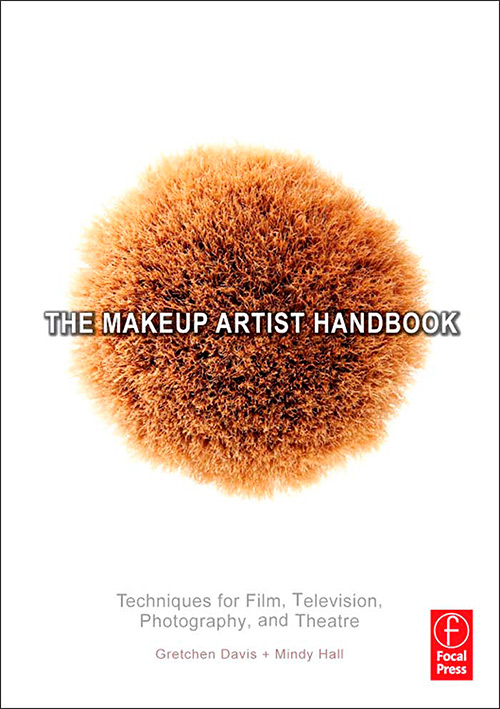

Baldry (ed.) Multimodality and Multimediality in the Distance Learning Age (pp. Baldry (2000) ‘The multimodal transcription of a television advertisement: theory and practice’. (1977) Scripts, Plans, Goals and Understanding. Winston (ed.) The Psychology of Computer Vision (pp. (1975) ‘A framework for representing knowledge’. (1996) Reading Images: the Grammar of Visual Design. (eds) Unity in Diversity? Current Trends in Translation Studies (pp. (1980) ‘Mental models in cognitive science’. (1994) An Introduction to Functional Grammar. (2000) Screen Translation: Six Studies in Subtitling, Dubbing and Voice-over. (1997) Subtitles, Translation and Idioms. Amsterdam and Philadelphia: John Benjamins Loddegaard (eds) Teaching Translation and Interpreting: Training, Talent and Experience (pp. (1992) ‘Subtitling - a new university discipline’. (1978) Language and Situation: Language Varieties and Their Social Context. Sprueill (eds) Relations and Functions within and around Language (pp. (2002) ‘Phasal analysis within communication linguistics: two contrastive discourses’.


Translatio, Nouvelles de la FIT- FIT Newsletter XIV(3–4). (ed.) (1995) Audiovisual Communication and Language Transfer. Relations and Functions within and around Language (pp. (2002) ‘Some aspects of coherence in a conversation’. (ed.) (2000) Multimodality and Multimediality in the Distance Learning Age. (1995) ‘Corpora in Translation Studies: an overview and some suggestions for future research’. A short technical history of subtitles in Europe.Later winners of the Jan Ivarsson Award include the subtitler Mary Carroll (2012) and the audiovisual translation studies scholar Jorge Díaz Cintas (2014). The first award was given to Ivarsson himself in Berlin at the biennial Language and the Media conference in 2010, for his lifetime pioneering contribution in the field of subtitling. The Jan Ivarsson Award is conferred by the European Association for Studies in Screen Translation for an outstanding contribution to the field of audiovisual translation.


 0 kommentar(er)
0 kommentar(er)
